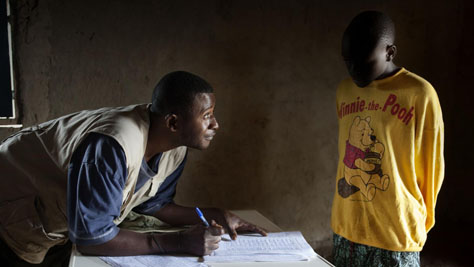Field Response
 © UNICEF/ITAL2009-0008/Alfredo Falvo
© UNICEF/ITAL2009-0008/Alfredo Falvo
The first and most critical line of defence for children is at country level through advocacy and programme responses. Therefore, timely and reliable information from the MRM should be the basis for immediate advocacy by the CTFMRs with government counterparts and non-state parties to discuss violations, prevention, response and accountability. MRM information should also inform programmatic response for children.
The advocacy by the CTFMRs should be guided by the recommendations of the Country Reports of the Secretary-General, as well as the conclusions and recommendations of the SCWG-CAAC. The CTFMR should include information on follow-up of recommendations in subsequent reporting to the Security Council.
It is critical to ensure that the MRM is complemented by adequate programmes and services for victims of violations. The Security Council has also acknowledged in Resolutions 1882 and 199831 the critical linkage between monitoring and reporting as distinct activity on the one hand, and response to violations on the other. Therefore, the relevant CTFMR members, consistent with their respective mandates, should ensure that response is designed to address the immediate and root causes of violations. For example, referral mechanisms should be in place to direct victims and survivors of grave violations to appropriate response services. The issue of response is comprehensively addressed in the MRM Field Manual accompanying these Guidelines.
31 See paragraphs 8 and 17 in Security Council Resolution 1882 [PDF] and paragraphs 12 and 17 on Security Council Resolution 1998 [PDF].